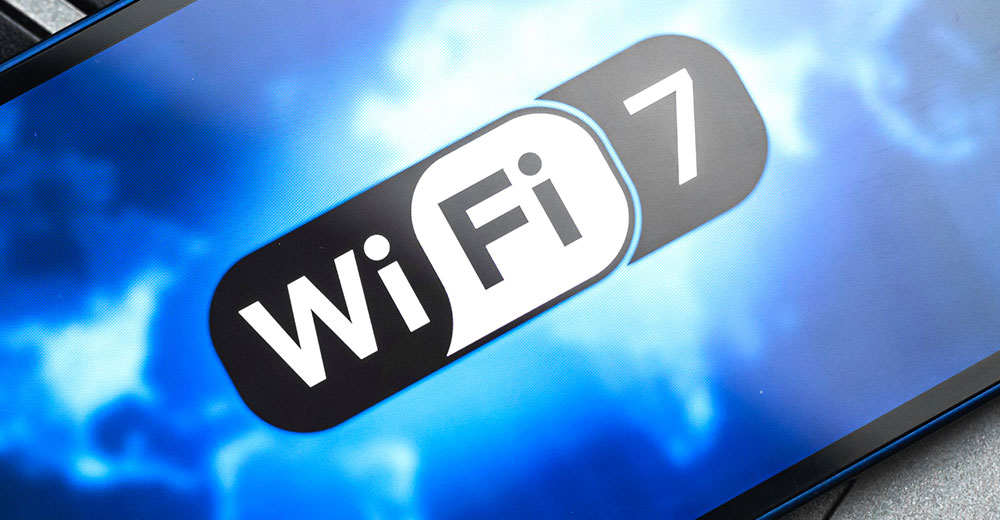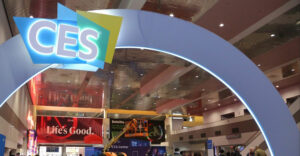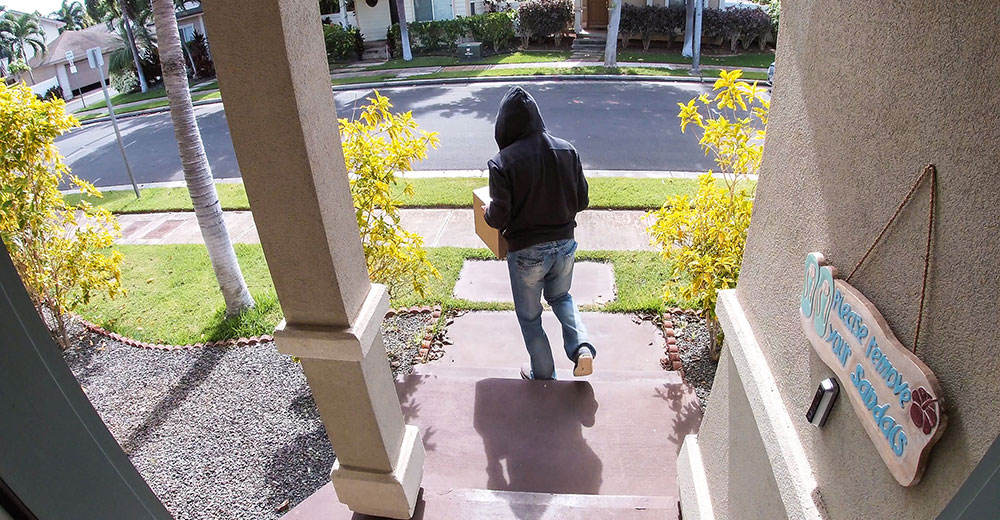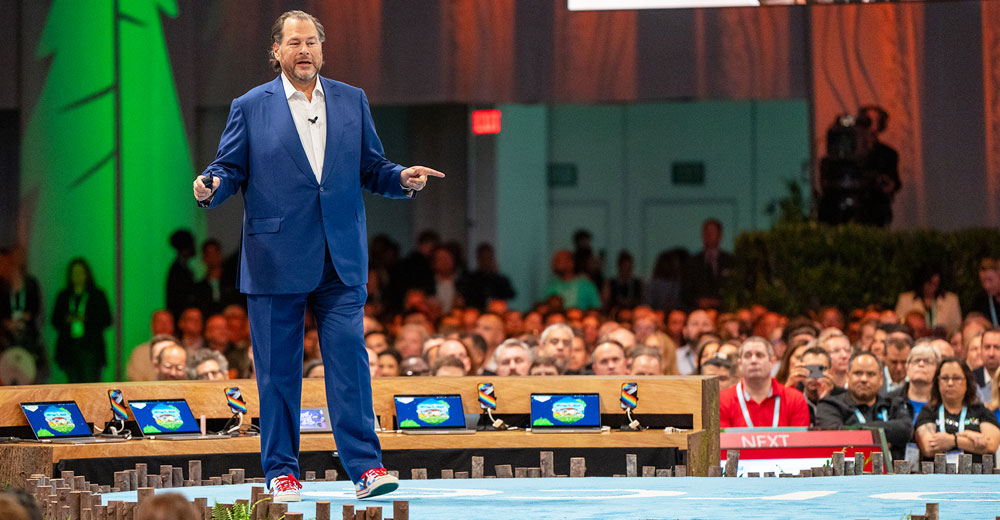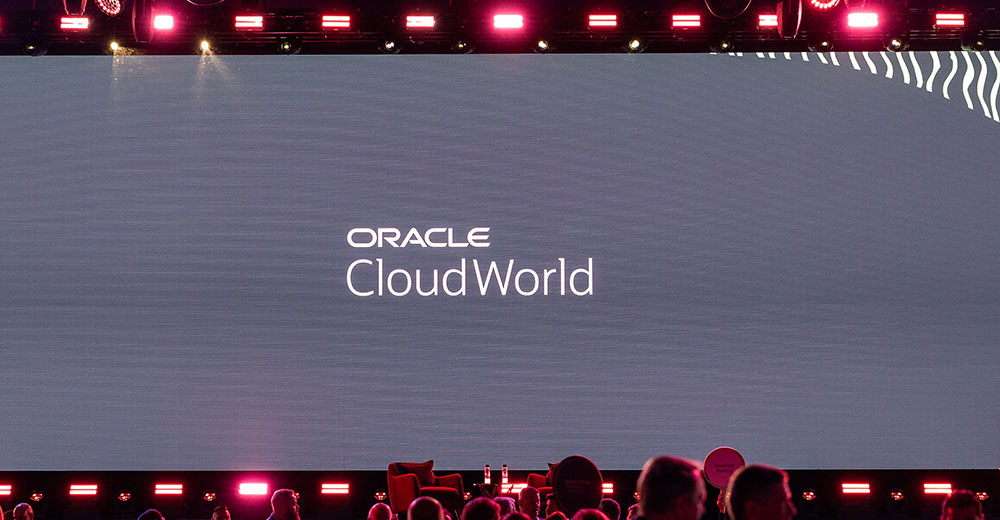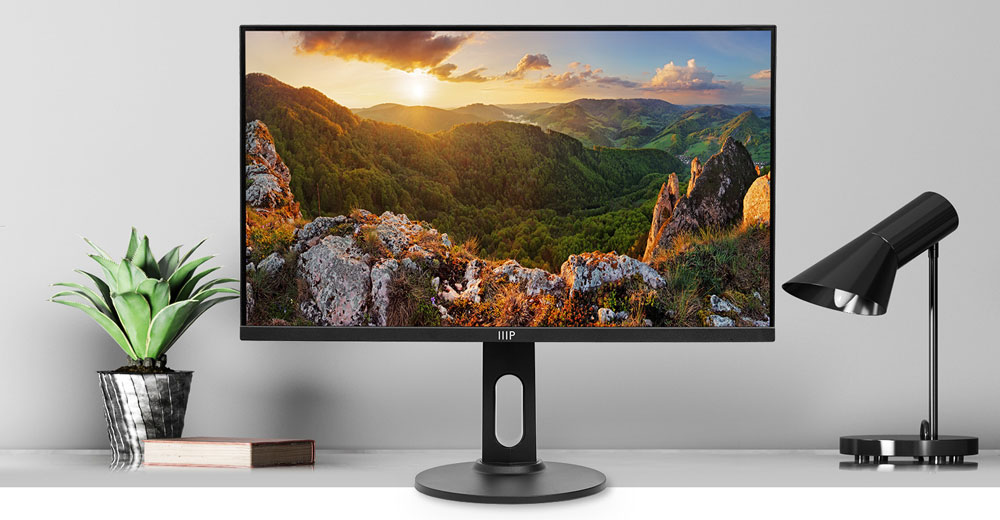Certification of Wi-Fi 7- the next generation in wireless networking for home, enterprise, and industrial environments- is expected by the end of the first quarter of 2024, according to a post on the Wi-Fi Alliance website.
“Wi-Fi Certified 7, based on IEEE 802.11be technology, will be available before the end of Q1 2024,” the Alliance, an industry group that sets Wi-Fi standards, as well as drives adoption and evolution of the technology, noted in its post.
“Wi-Fi 7 devices are entering the market today, and Wi-Fi Certified 7 will facilitate worldwide interoperability and bring advanced Wi-Fi performance to the next era of connected devices,” it added.
The group maintained that Wi-Fi 7 will bring cutting-edge capabilities to applications that require high throughput, lower latency, and greater reliability, applications that tap into technologies such as augmented, virtual, and extended reality, immersive 3D training, and ultra-high definition video streaming.
Speed Demon
“Wi-Fi 7 offers dramatically increased speeds over Wi-Fi 6 and 6E,” said Kristen Hanich, an analyst with Parks Associates, a market research and consulting company specializing in consumer technology products, in Dallas.
“Wi-Fi 7’s key differentiating feature over 6 and 6E is its support of extremely high throughput, reaching speeds up to 46 Gbps compared to a max of 10 Gbps for Wi-Fi 6E,” she told TechNewsWorld.
“This is far beyond what the vast majority of residential subscribers today need, and also far beyond what most residential internet service providers offer today,” she continued.
“A more immediate benefit to users is lower power consumption from client devices such as laptops or phones, but it remains to be seen how much of a difference this makes under real-world conditions,” she added.
Dynamic Band Switching Advantage
One of the most anticipated new features of Wi-Fi 7 is multi-link operation (MLO), noted Andrew Spivey, a senior analyst with ABI Research, a global technology intelligence firm.
“It will help resolve the spectrum congestion challenges that consumers and enterprises are currently facing by vastly improving spectrum efficiency,” he told TechNewsWorld. “MLO does this by enabling the aggregating of multiple radio links to form wider channels than would otherwise be necessary.”
“Today, if you connect to a Wi-Fi hotspot, you need to decide which band to connect to — 2.4 GHz, 5 GHz or 6 GHz — and that’s it. For as long as you’re connected, that’s the band that you’re using,” Ross Rubin, the principal analyst with Reticle Research, a consumer technology advisory firm in New York City, told TechNewsWorld.
“What multi-link operation allows you to do,” he continued, “is connect dynamically to multiple bands.”
Spivey added that another key benefit of Wi-Fi 7 is that it allows access to the recently released 6 GHz band, which effectively doubles the available spectrum — and therefore capacity — in the U.S., which will also help overcome spectrum congestion challenges.
Gaining Market Traction
Rubin explained that in recent times, the Wi-Fi Alliance has been accelerating its time to standardization over the pace of the first few generations of Wi-Fi.
“One reason 6E was adopted so soon after 6 was because the U.S. government approved the 6 GHz band — the main feature of 6E — and the alliance wanted to accommodate that,” he said.
“By contrast,” he added, “Wi-Fi 7 is more in the vein of what we would expect to see in improvements over a previous generation.”
Those previous generations — Wi-Fi 6 and 6E — have been gaining traction in the market since their introductions in 2019 and 2021. According to the Wi-Fi Alliance, more than half the Wi-Fi-enabled devices shipped in 2022 were 6 or 6E certified.
“The Alliance expected over 350 million Wi-Fi 6E devices to hit the market that year,” Hanich said. “This is much faster than prior Wi-Fi generations.”
The market’s appetite for Wi-Fi 6 devices isn’t likely to wane. “Yet while Wi-Fi 6 demand will continue, Wi-Fi 7 will see rapid traction, thanks to demand for its many new features, particularly pent-up demand for the additional network capacity that Wi-Fi 7 can offer,” Spivey maintained.
Competing With 6 and 6E
Hanich noted that newer standards always compete with the older ones — on price if nothing else.
“Wi-Fi 6 and 6E adoption was helped by the Wi-Fi 5 chipset shortage, which made the chips hard to find and expensive when they were found,” she said. “7 won’t have that advantage and will have to compete directly with Wi-Fi 6 and especially 6E.”
“Although 7 does offer dramatically higher bandwidth than Wi-Fi 6E, it is far beyond the needs of most consumers today,” she continued. “There are niches where it will do very well, however — AR/VR applications, enterprise environments where people need to move large quantities of data quickly, and so on.”
There are signs, however, that Wi-Fi 6E may not hurt Wi-Fi 7 sales that much.
In a research report Spivey wrote in November, he noted anticipation for Wi-Fi 7 has been high throughout 2023. At the same time, he continued, few Wi-Fi 6E deployments have been made in the year to date, reflecting a widely held belief that Wi-Fi 6E was merely a steppingstone standard and that its relevance would rapidly decrease upon the arrival of Wi-Fi 7.
Slow Market Integration
Gaining certification from the Wi-Fi Alliance is just the beginning of the market journey for Wi-Fi 7.
“The time it takes for a new Wi-Fi standard to be incorporated into the market varies, but it typically takes two to three years for widespread adoption,” Mark N. Vena, president and principal analyst with SmartTech Research, in San Jose, Calif., told TechNewsWorld.
He cited several factors affecting adoption, including device availability and cost, perceived benefits of the standard, and how marketing builds awareness of the standard.
Hanich agreed that it takes years for the market to embrace a new standard. “It depends on how much of a leap forward the technology represents and how in-demand it is,” she said.
“Wi-Fi 6 and 6E had quick uptake compared to prior generations, partially due to the pandemic — ISPs upgraded their routers, and consumers went out and bought new products,” she continued.
“There are already some pre-certification Wi-Fi 7 devices on the market, and premium products are likely to include 7 as soon as certified chips are available,” she added, “but it generally takes longer to trickle out to the rest of the ecosystem.”

